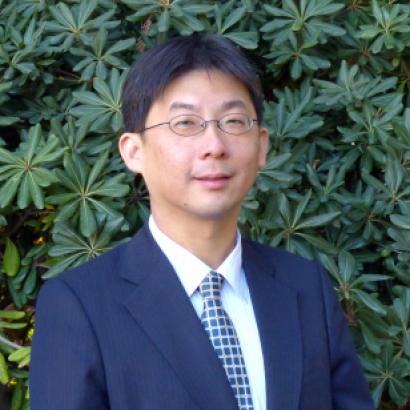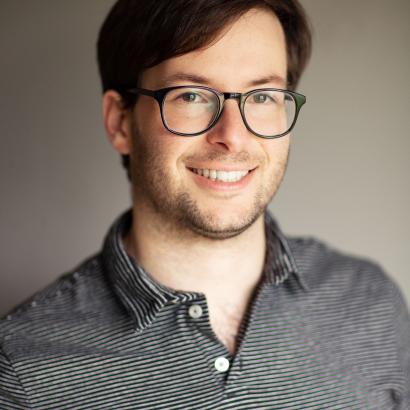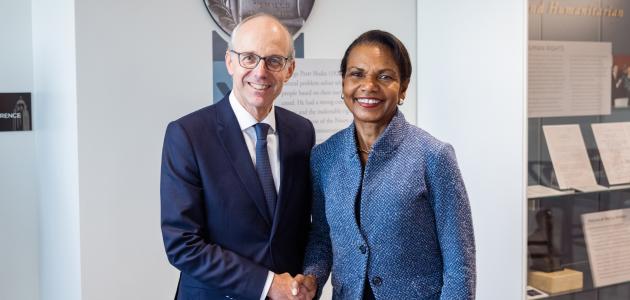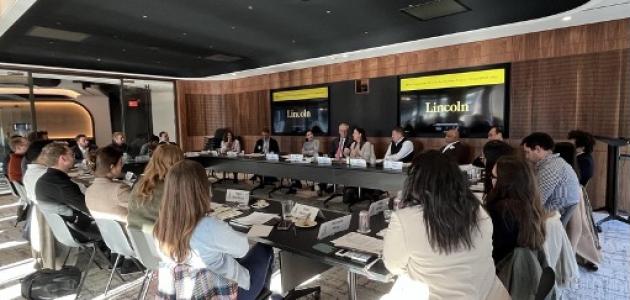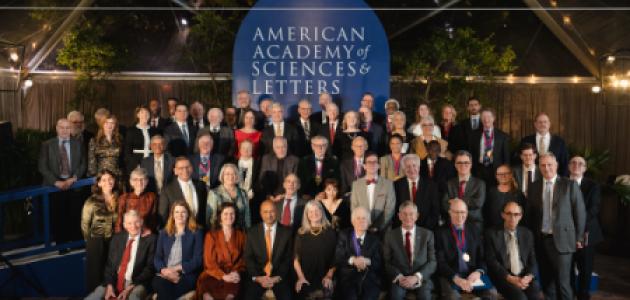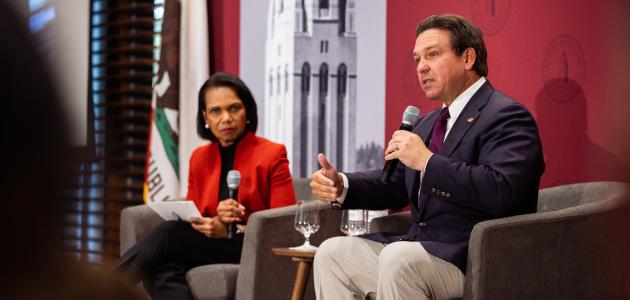This year, five speakers from North America, Singapore, and Australia presented their research findings to an audience of attendees from Stanford University and beyond:
Joshua L. Freeman (Brown University) kicked off this year’s event by illuminating the Soviet Uyghur community’s political and cultural engagement with Uyghurs in northwest China between the 1930s and the 1950s. This moment in the history of twentieth-century socialism is encapsulated in the career of Meshür Roziev (1902–89), a Soviet Uyghur schoolteacher, party official, man of letters, and secret agent. Roziev served in the mid-1930s as a top advisor to the Soviet-aligned government of Xinjiang, the Uyghur homeland in northwestern China. In the 1940s, he held key posts in the Eastern Turkestan Republic, established in northern Xinjiang by Soviet-backed rebels seeking independence from China. In both cases, Roziev helped develop and implement localized versions of Soviet-style nationality and cultural policy. Drawing on contemporary publications, memoirs, original interviews, and archival documents in Uyghur, Chinese, and Russian, Freeman demonstrated Roziev’s considerable influence in shaping the Uyghur nation. He further argued that Roziev and his Soviet-trained colleagues in 1930s’ Xinjiang and the 1940s’ Eastern Turkestan Republic helped set key precedents for Chinese Communist nationality and cultural policy in the region, developing concepts and institutions that persisted after 1949 and that anticipated party-state policy elsewhere in the People’s Republic. According to Freeman, the rise of Chinese Communism is not only a cross-border story; it is also more multilingual and multiethnic than has generally been understood.
James Lin (University of Washington) retold the story of Taiwan’s post–World War II economic development. Over just half a century, Taiwan transformed from an agricultural colony into an economic power, spurred by efforts of the authoritarian Republic of China government toward land reform, farmers associations, and improved crop varieties. Overlooked until now is how Taiwan brought these practices to the developing world. In his presentation, Lin elucidated the history and impact of the “Taiwan model” of agrarian development by incorporating how Taiwanese experts took the country’s agrarian success and exported it to rural communities throughout Africa and Southeast Asia. Driven by the global Cold War and challenges to the Republic of China’s legitimacy, Taiwanese agricultural technicians and scientists shared their practices, which they claimed were well suited for poor, tropical societies in the developing world. These development missions were promoted in Taiwan as proof of the ruling government’s modernity and technical prowess and were crucial to the state’s attempts to hold its contested position in the international system and its rule by martial law at home.
Florence Mok (Nanyang Technological University) introduced her new book on the state-society relations in one of Britain’s last strategically important colonial dependencies, Hong Kong. Using underutilized archival evidence, Mok explored how a reformist colonial administration investigated Chinese political culture, and how activism by social movements in Hong Kong impacted policymaking. Her focus was framed around the organizational capacity of the colonial state to monitor public opinion through the covert opinion polling exercises known as Town Talk and MOOD. Hong Kong people had extremely limited democratic rights, but these exercises constructed a body of polling data that was used by unelected officials to respond to public needs and minimize social conflict. The presence of these exercises indicated that the mentalities of colonial bureaucrats were adjusting toward an acknowledgment that Hong Kong—an atypical colony that was expected to retrocede to China rather than gain independence—was moving toward a new form of decolonization. Significantly, as Mok demonstrated, covert colonialism allowed ordinary people to take part in the policymaking process in a state-controlled manner that would not provoke a hostile response from China. This effort by the colonial government to manage public opinion interacted in complex ways with a diverse variety of Chinese communities engaging with new political movements.
David Brophy (The University of Sydney) focused on the politicization of Chinese Islam in Republican China and the role of wartime propaganda amid World War I. Set in the context of wider discussions of pan-Islamism in China, his presentation examined British and American engagement with Chinese Muslims during the First World War, both in terms of disseminating propaganda and in establishing concrete policy measures to combat the perceived religious influence of the Ottomans, and by extension Imperial Germany, on this populace. The First World War saw intensified discussion in both the Chinese and international public spheres as to the loyalties and political orientation of these Muslims, which positioned them both as potential subversives and as potential allies. China thus became one sphere of the worldwide “counter-jihad” that the Allies conducted during the war. This counter-jihad was, Brophy argued, far more intrusive than—and effective as—any active involvement of the Central Powers in Chinese Muslim affairs and had significant political and ideological consequences.
Matthew Lowenstein (Hoover Institution) closed this year’s Workshop on Modern China and Taiwan by addressing loans and lenders in China’s late imperial and Republican-era lending markets. He discovered a lively market in lending dating from eighteenth-century China, well before the introduction of Western forms of economic organization. These markets spanned multiple sectors of the economy, from commercial lending in hubs of trade down to agrarian lending in the rural, peasant economy. Moreover, lending markets across different sectors were, to a degree, “integrated”—not in the contemporary sense of having identical risk-adjusted interest rates, but in the sense that lending capital could move between different parts of society. As Lowenstein pointed out, bustling markets in lending were fertile ground for financial innovation, and institutional lenders also helped integrate markets with strong interbank relationships among themselves. His presentation helped explain China’s modern economic development: If Chinese lending markets had defects, then the traditional systems might be blamed for holding China back. But the existence of robust lending markets that channeled capital to where it could be most productive, as Lowenstein demonstrated, tells us the opposite was true, that China’s traditional lending markets may have assisted China’s early push toward modernization in the early twentieth century.





